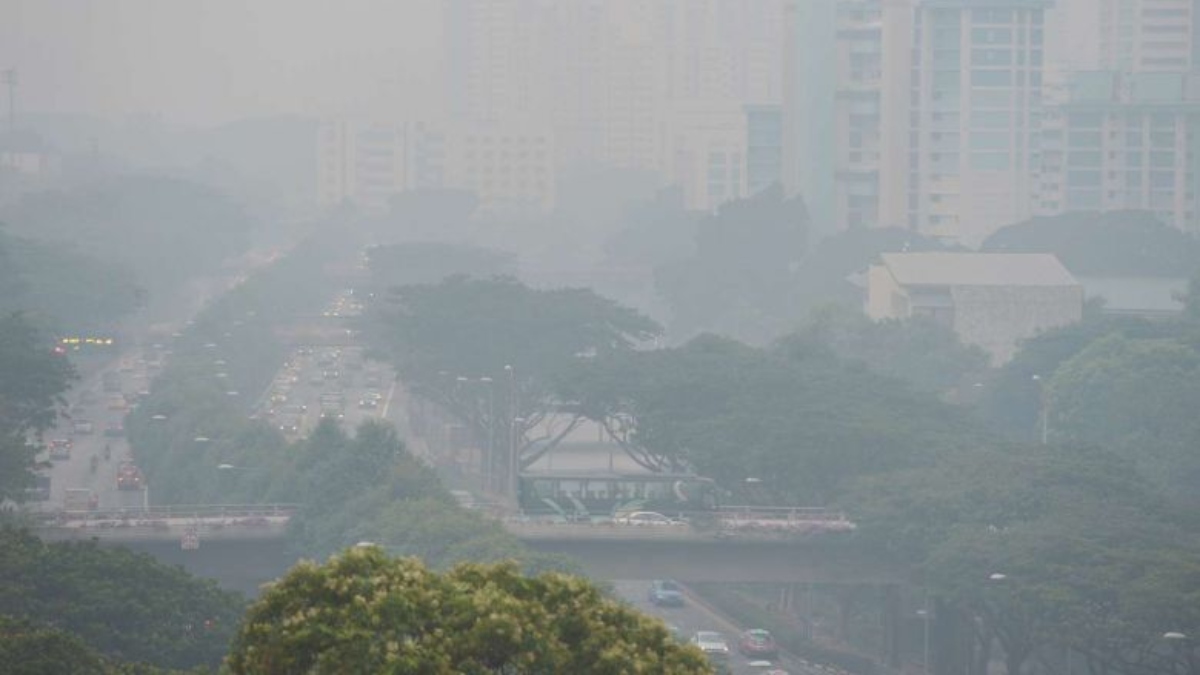
A meta-analysis of 14 air pollution studies from around the world found that exposure to high levels of air pollutants during childhood increases the likelihood of high blood pressure in children and adolescents, and their risk for high blood pressure as adults, a new study finds. The findings are published in a special issue on air pollution in the Journal of the American Heart Association, an open-access journal of the American Heart Association.
Other studies look at: the effects of diesel exhaust on the muscle sympathetic nerve; the impact of pollutants on high blood pressure; rates of hospital readmission for heart failure among those exposed to high levels of ambient air pollution; and risk of stroke and heart attack after long-term exposure to high levels of particulate matter. The studies include health outcomes of people who were exposed to pollutants in the United States, China and Europe.
High blood pressure during childhood and adolescence is a risk factor for hypertension and heart disease in adulthood. Studies on air pollution and blood pressure in adolescents and children, however, have produced inconsistent conclusions.
This systematic review and meta-analysis pooled information from 14 studies focused on the association between air pollution and blood pressure in youth. The large analysis included data for more than 350,000 children and adolescents (mean ages 5.4 to 12.7 years of age).
“Our analysis is the first to closely examine previous research to assess both the quality and magnitude of the associations between air pollution and blood pressure values among children and adolescents,” said lead study author Yao Lu, M.D., PhD, professor of the Clinical Research Center at the Third Xiangya Hospital at Central South University in Changsha, China, and professor in the department of life science and medicine at King’s College London.
“The findings provide evidence of a positive association between short- and long-term exposure to certain environmental air pollutants and blood pressure in children and adolescents.”
The meta-analysis concluded:
1. Short-term exposure to PM10 was significantly associated with elevated systolic blood pressure in youth (the top number on a blood pressure reading).
2. Periods of long-term exposure to PM2.5, PM10 and nitrogen dioxide were also associated with elevated systolic blood pressure levels.
3. Higher diastolic blood pressure levels (the bottom number on a blood pressure reading) were associated with long-term exposure to PM2.5 and PM10.
“To reduce the impact of environmental pollution on blood pressure in children and adolescents, efforts should be made to reduce their exposure to environmental pollutants,” said Lu. “Additionally, it is also very important to routinely measure blood pressure in children and adolescents, which can help us identify individuals with elevated blood pressure early.”
The results of the analysis are limited to the studies included, and they did not include data on possible interactions between different pollutants, therefore, the results are not generalisable to all populations. Additionally, the analysis included the most common and more widely studied pollutants vs. air pollutants confirmed to have a heart health impact, of which there are fewer studies.
With ANI inputs